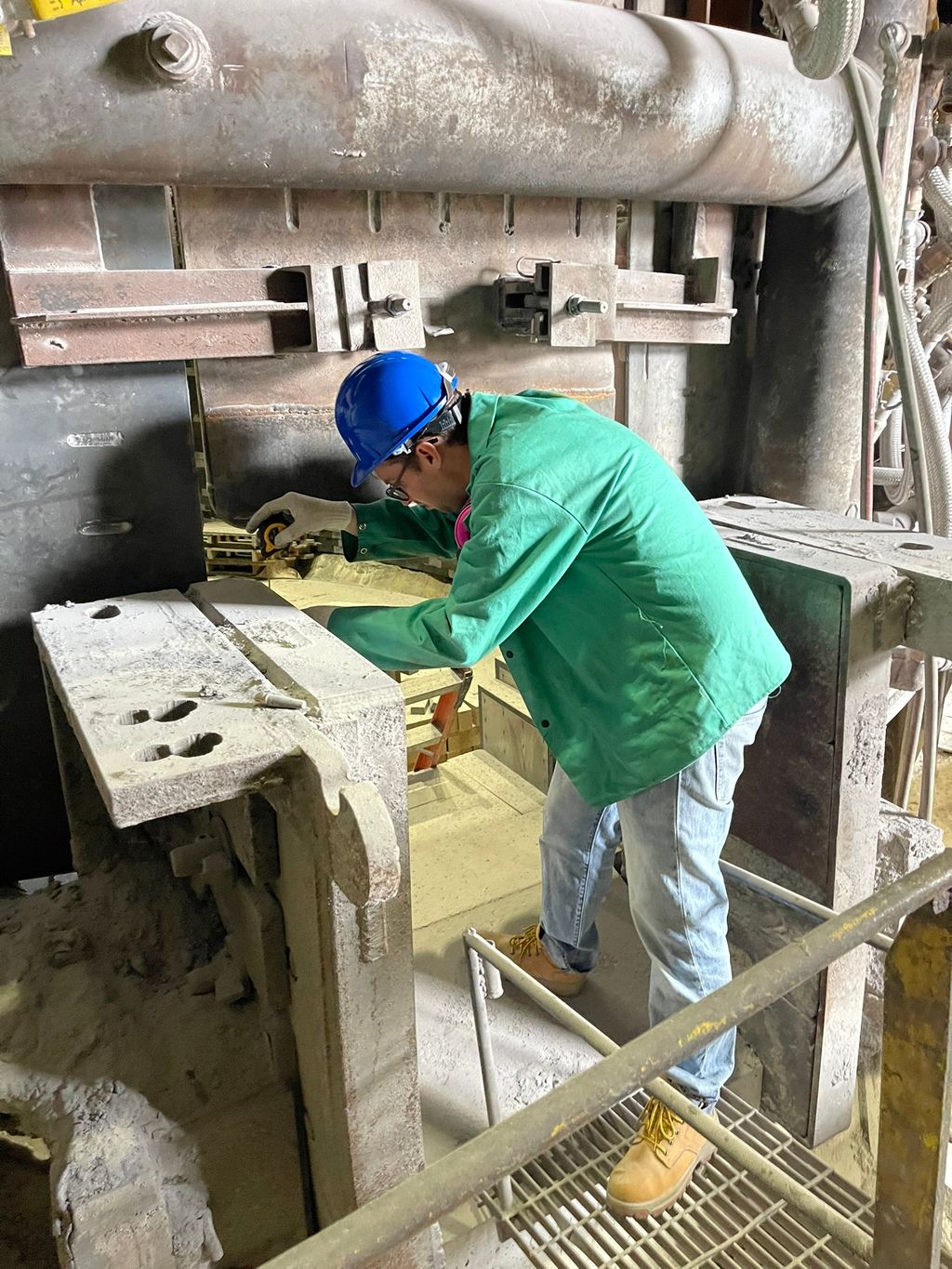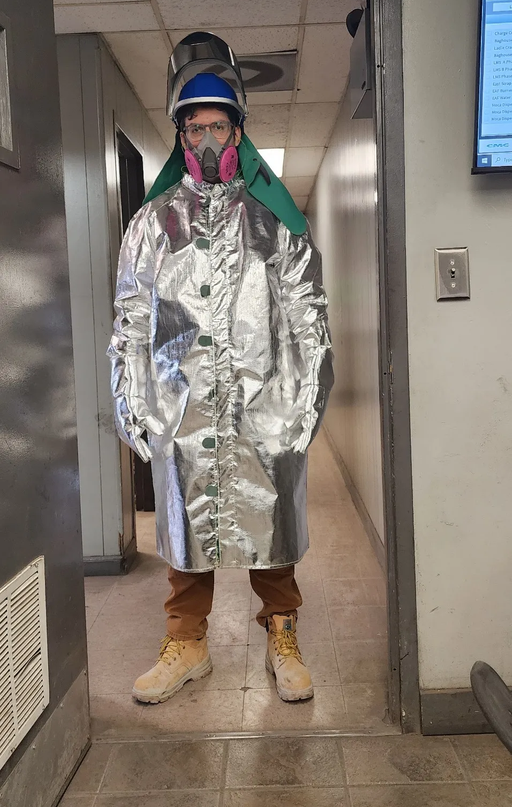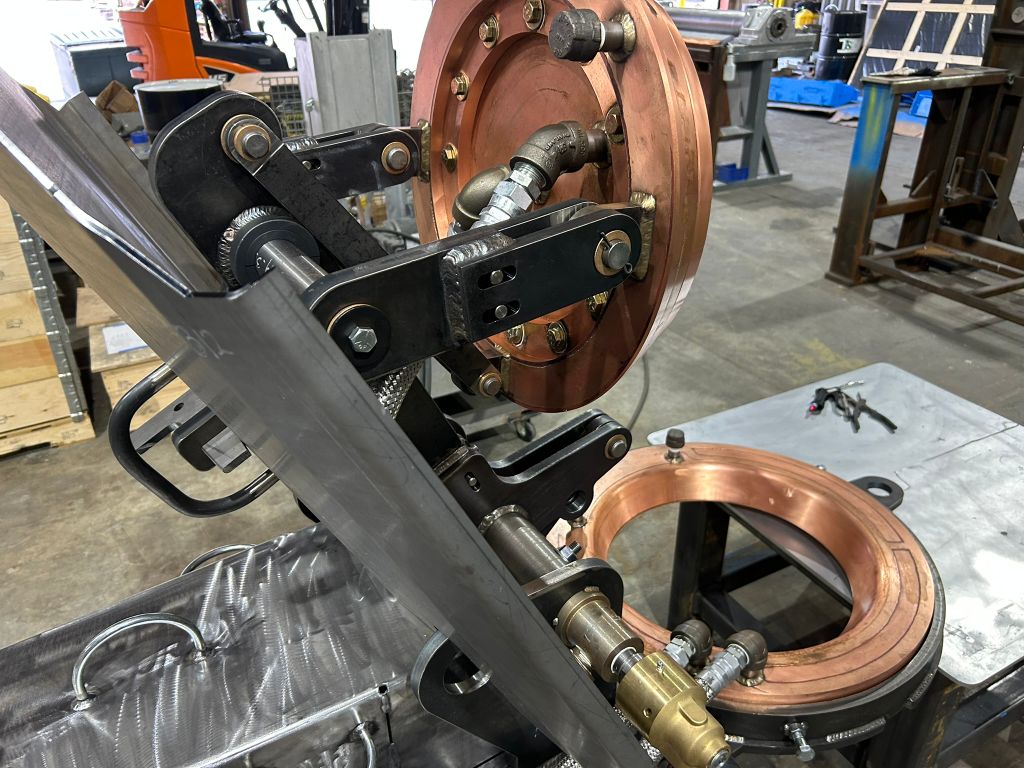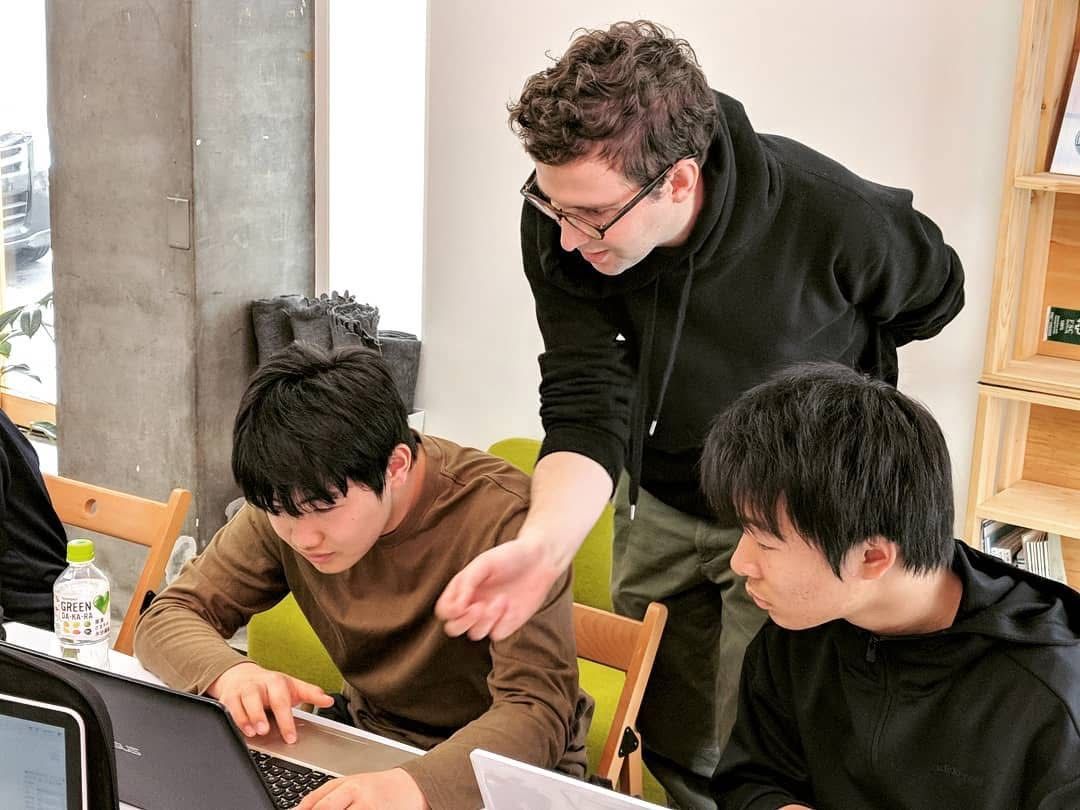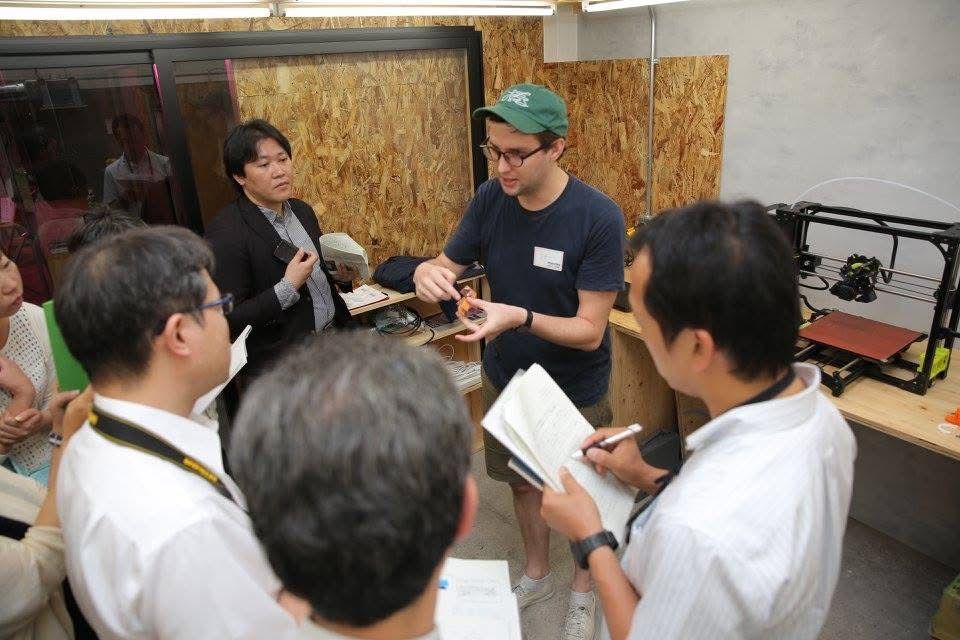🇺🇸 Connor Kirk
Short Biography
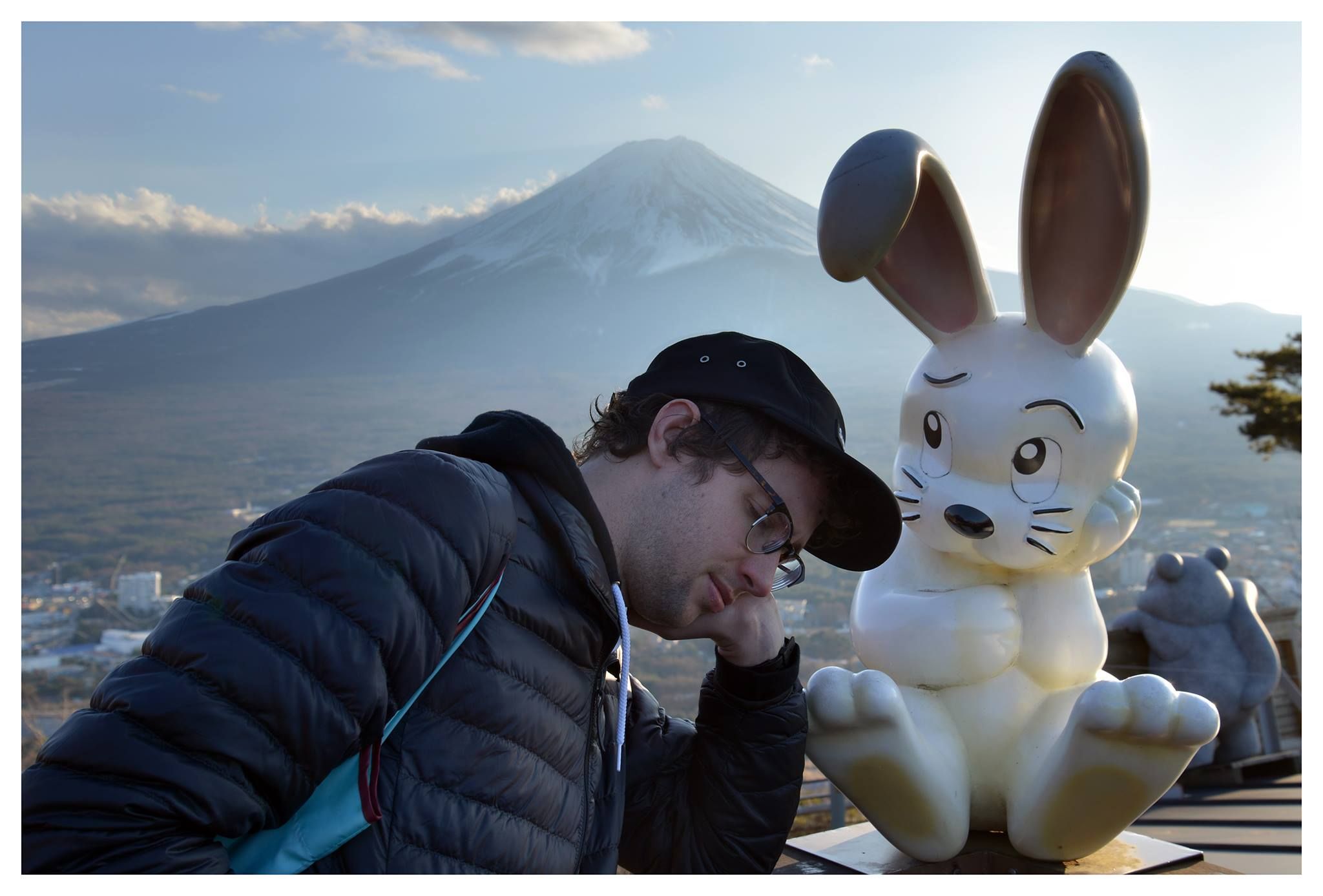
コナー・カークは、機械エンジニア、起業家、そしてビジュアルアーティストです。2011年にサバンナ芸術工科大学(SCAD)を卒業後、同年に京都へ移住し、8年間滞在しました。その間、京都市美術館で作品を展示し、2016年にはニュイ・ブランシュKYOTOの一環として個展を開催しました。2017年には、ものづくりベンチャーズの社員として、京都市の支援のもと、新しいメイカースペース「Kyoto Makers Garage(KMG)」の立ち上げに中心的な役割を果たし、帰国する2019年までKMGの運営を担当しました。
帰国後は、CNC加工、ワイヤ放電加工、積層造形などの先端製造技術や、コンベヤーや仕分けの自動化システム、鉄鋼業界など、さまざまな分野で機械エンジニアとして活動しています。2025年には、製鋼炉における節水型冷却技術に関する米国特許を取得しました。現在は、妻の知世、3人の娘(芽彩・凛心・咲花)とともに、ジョージア州アトランタに在住。
Connor Kirk is a mechanical engineer, entrepreneur, and visual artist. He graduated from the Savannah College of Art and Design in 2011. Later that year he moved to Kyoto, Japan where he lived for eight years. During that time he exhibited works of art at the Kyoto Municipal Museum of Art. In 2016 he held a solo exhibition as part of the Nuit Blanche art festival. In 2017, as an employee of Monozukuri Ventures, Connor played a central role in planning a new makerspace in Kyoto with the support of Kyoto City called Kyoto Makers Garage (KMG). He managed KMG until he returned to the US in 2019. Since then Connor has been working as a mechanical engineer in various industries including advanced manufacturing, conveyance systems, and now in the steel industry. In 2025 Connor was awarded his first US patent for low water consumption cooling technology in steel melting furnaces. He currently lives in Atlanta, Georgia with his wife Tomoyo, and three daughters Meisa, Rimi, and Ena.
About you
Mechanical Engineer
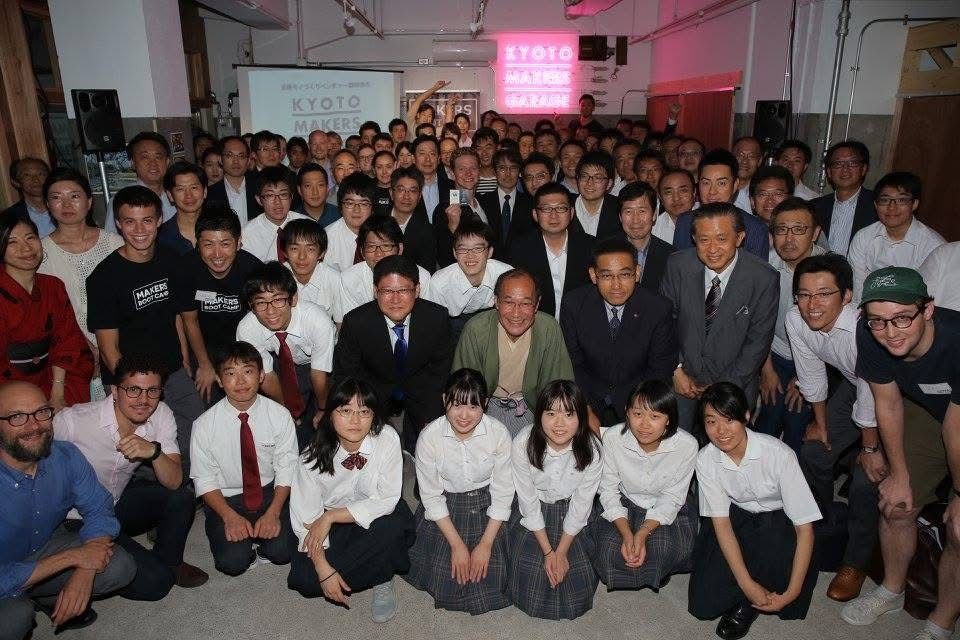

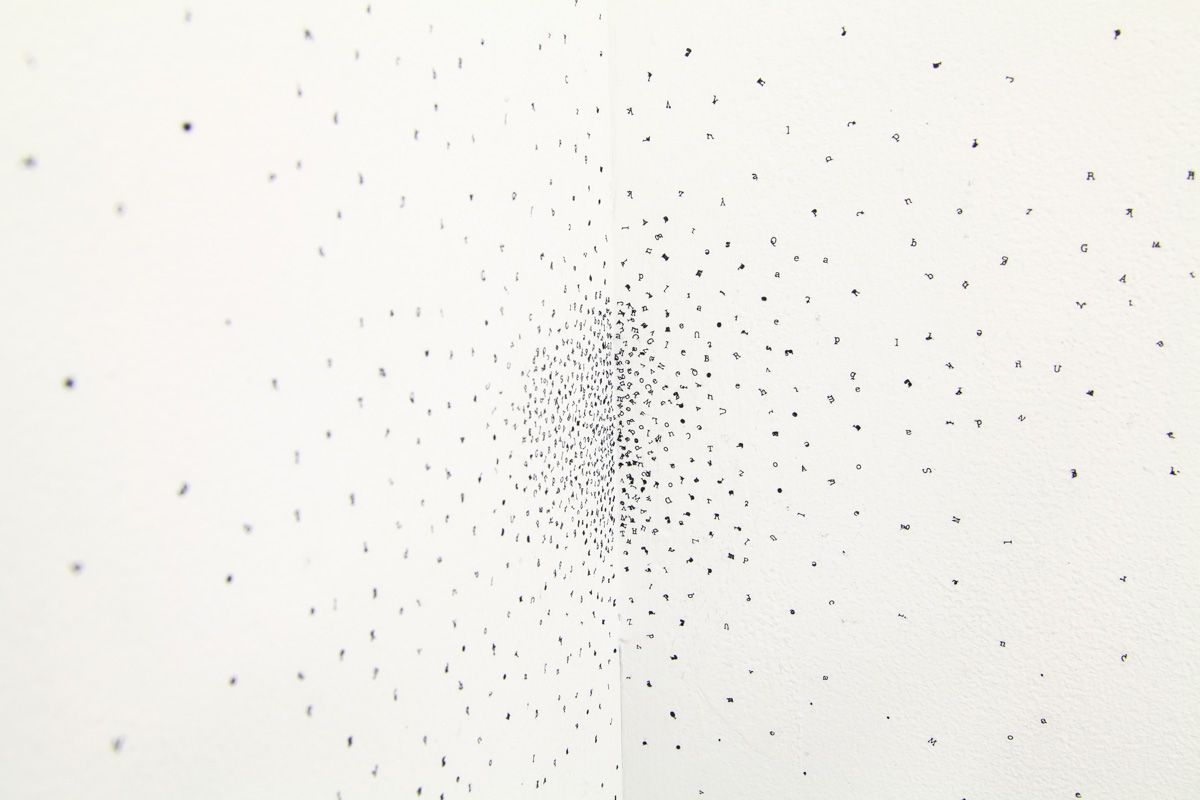
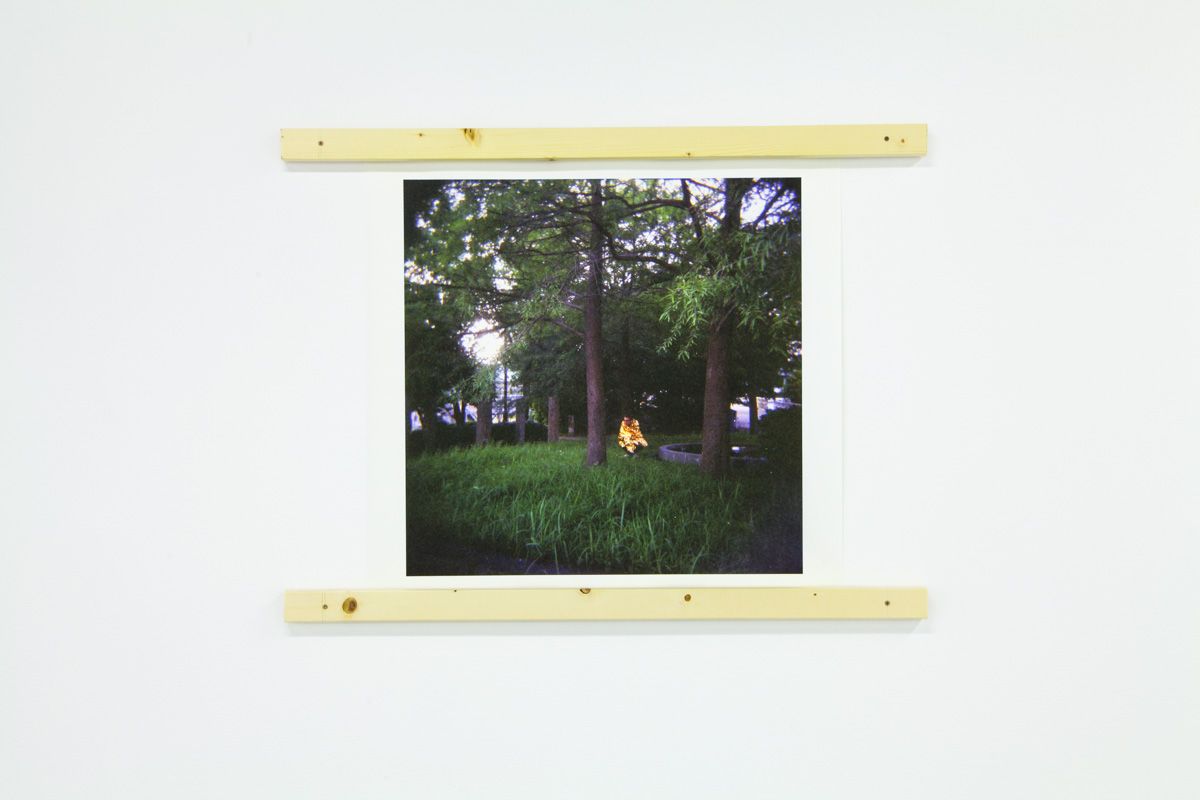
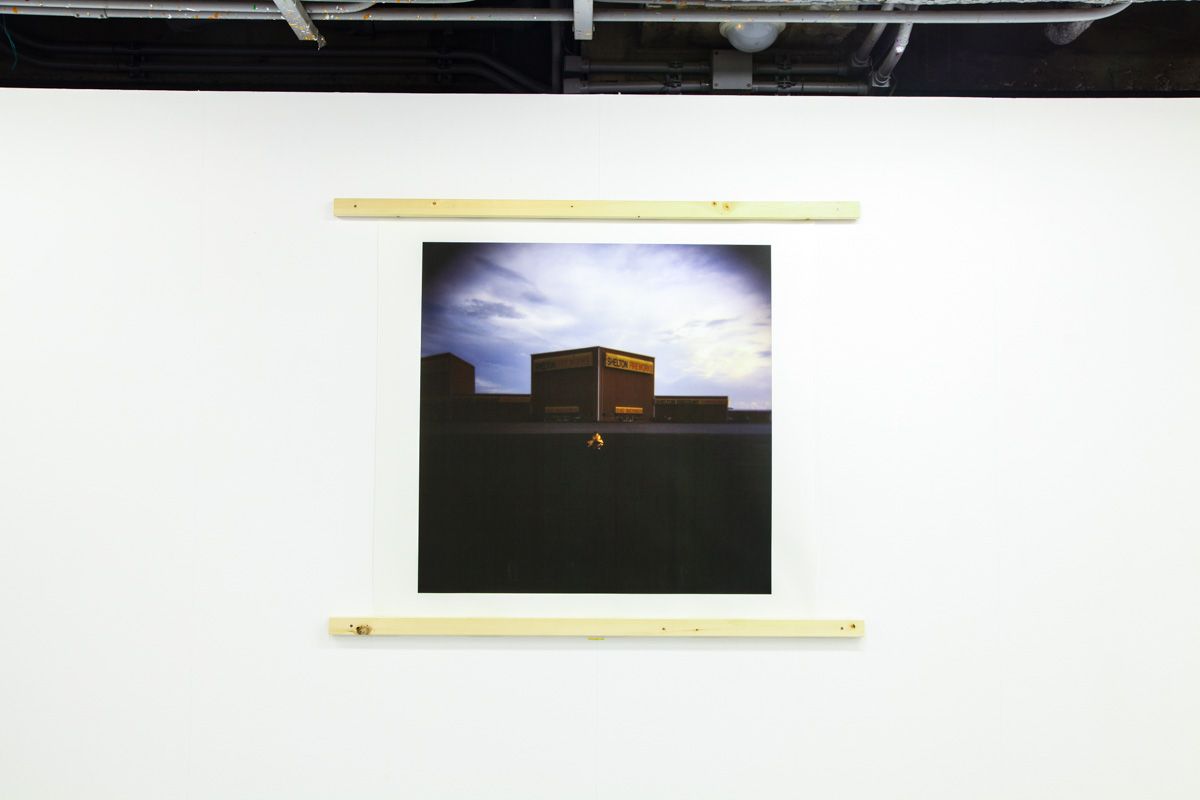
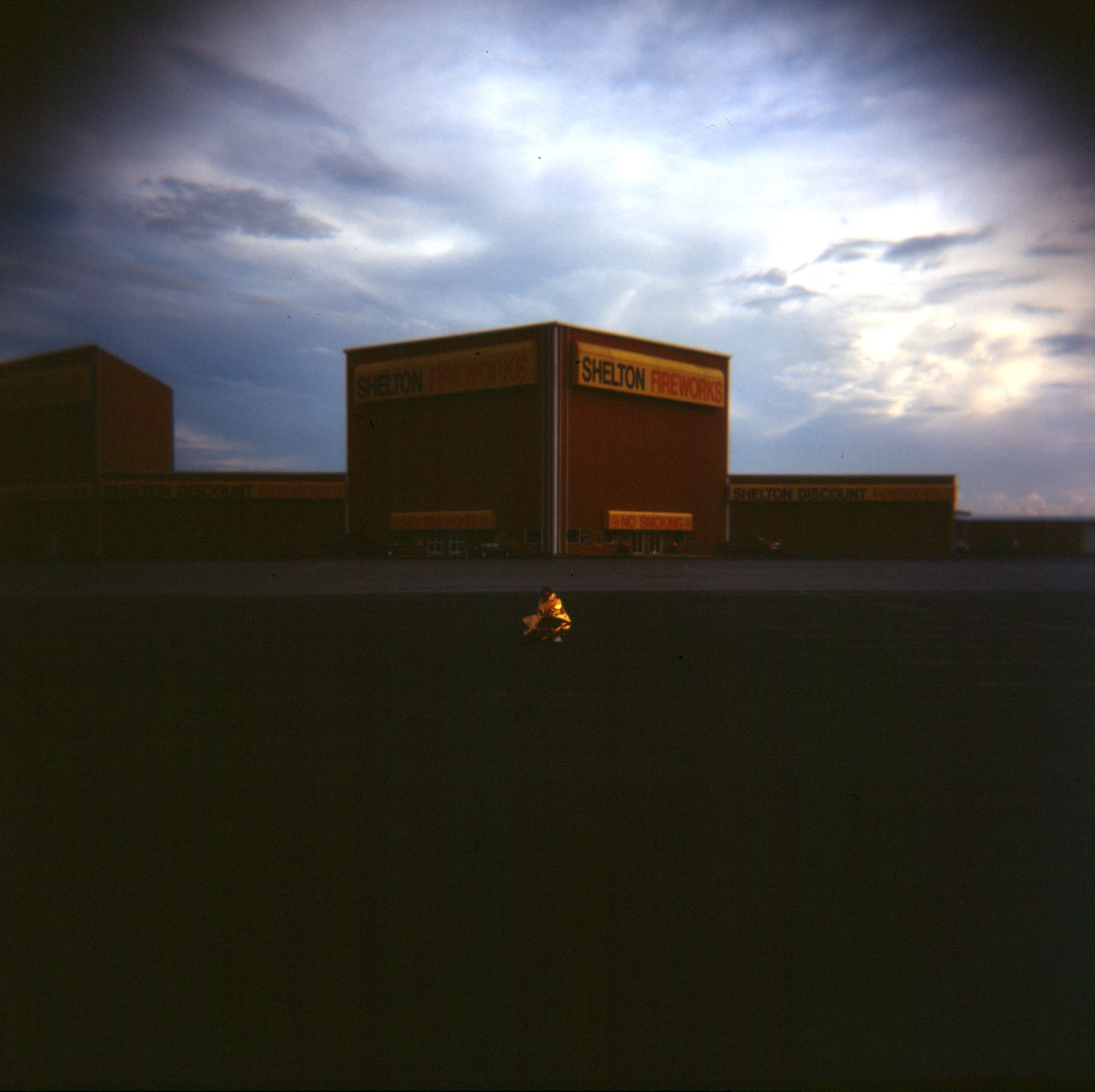
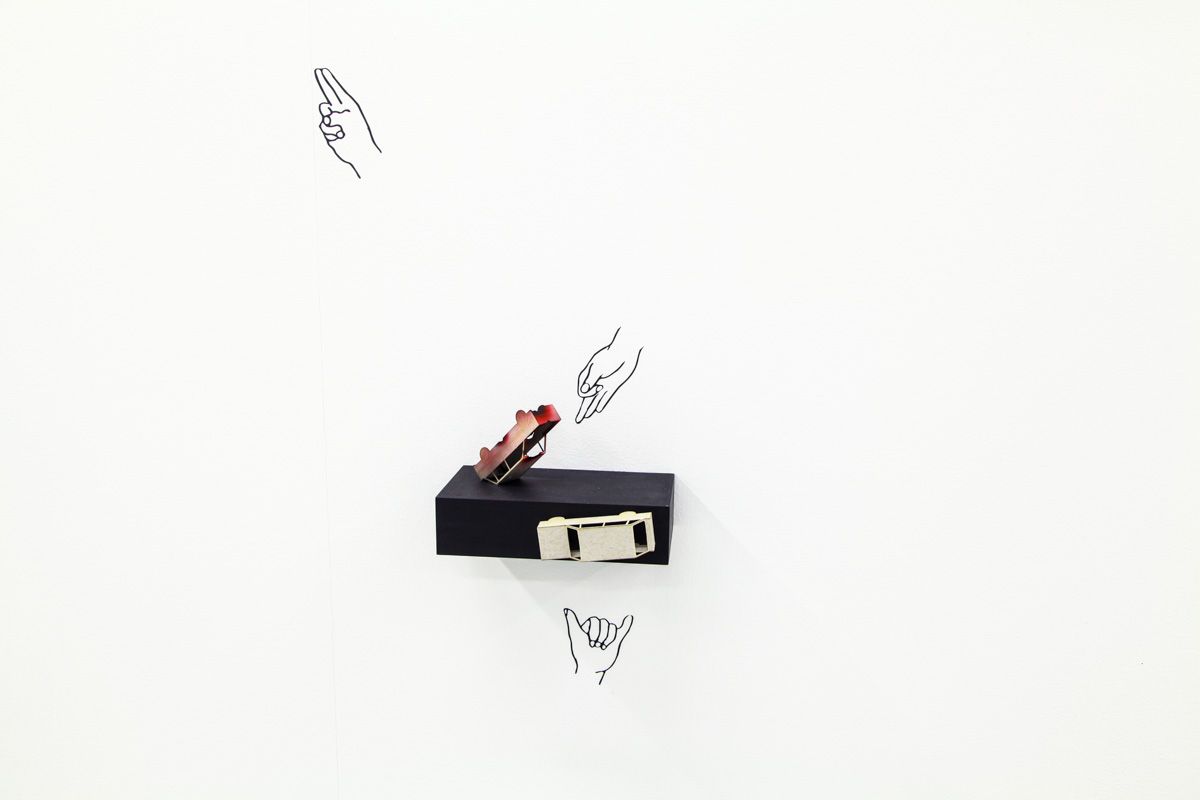
Your plan during the residency
京都でのレジデンス期間中、私は日常生活から社会全体に至るまで、修理や修理性を広める方法を探求したいと考えています。ワークショップや地域イベントを通して、修理の環境的な価値だけでなく、そこから得られる創造性や満足感、技術の楽しさも共有したいと思います。また、世界の他地域で導入されている「修理性スコア」といった仕組みを学び、日本の文化や暮らしに合わせた形で応用できる可能性についても検討していきたいと考えています。
During my residency in Kyoto, I plan to explore ways to promote repair and repairability—both in daily life and on a broader societal scale. Through hands-on workshops and community events, I hope to share not only the environmental value of repair, but also the creativity, satisfaction, and skills it can bring. I am also interested in learning from local perspectives and examining how ideas such as repairability scoring—used in other parts of the world—might be thoughtfully adapted to Japan’s unique culture and needs.
